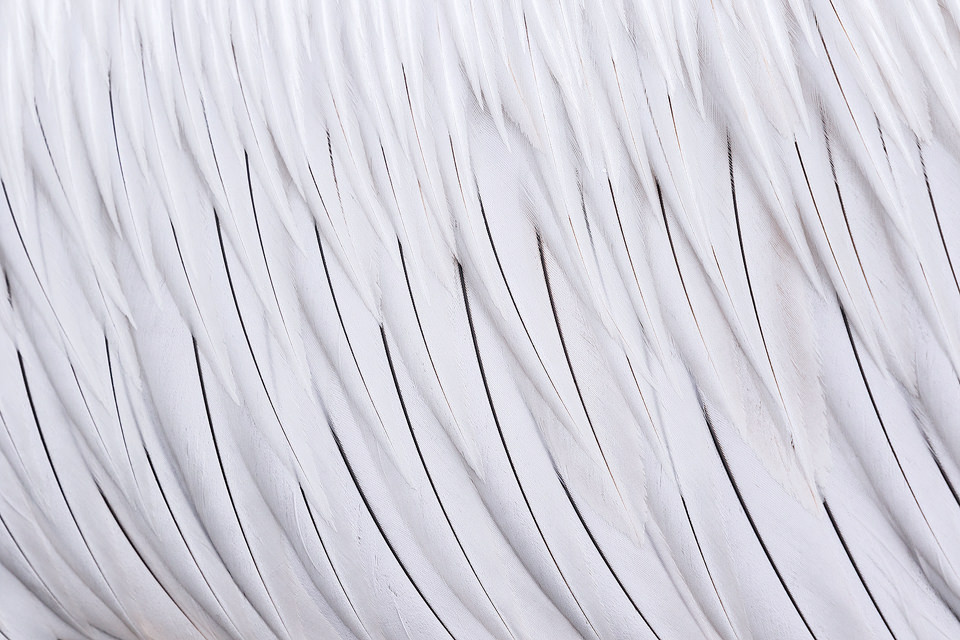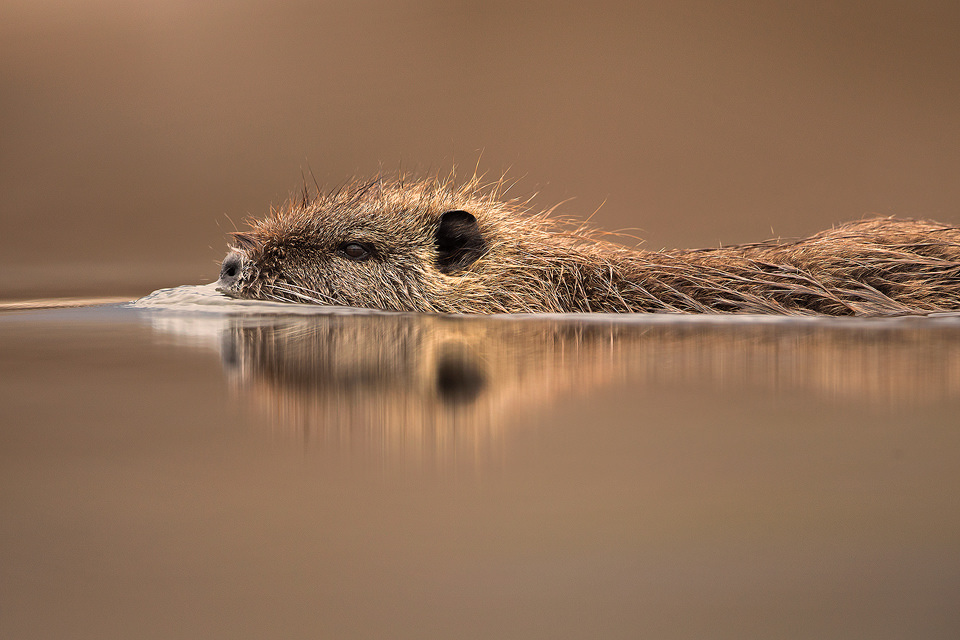Published: 20th July 2018 at 3:33 pm. Posted in Blog.
Earlier this year I visited Lake Kerkini in Northern Greece to photograph the healthy population of Dalmatian Pelicans found on the lake.
During the 20th century the pelican population suffered a dramatic worldwide decline due to habitat loss, disturbance and poaching. Recent conservation efforts around Lake Kerkini, such as the creation of artificial nesting platforms and the removal of power lines has seen a distinct upturn in the breeding population.The local fisherman on the lake have also been an integral part of this success story, providing plenty of food, safe havens for them and ensuring there was no conflict of interest between the birds and people.
LAKE KERKINI:
Lake Kerkini is one of the most important and easily accessible wetlands in Europe. With over 300 species of birds recorded here Kerkini is considered to be one of the worlds best bird watching destinations. The lake is most famous for it’s internationally important breeding numbers of Dalmatian Pelicans.
Dalmatian Pelicans:
The Dalmatian pelican (Pelecanus crispus) is the biggest of all the pelican species. Adult birds can have a wingspan of over 11ft making them one of the worlds largest flying birds. At 11–15 kg in weight it’s also the world’s heaviest flying bird, although large swans and male bustards can sometimes exceed the pelican in weight.
Male pelicans are considerably larger than the females, but both exhibit the bright red pouches during the breeding season when their harsh vocalisations become much more obvious. After mating has concluded these distinctive pouches fade to a much more subdued yellow.
Whilst on the hunt for new and interesting local wildlife around Lake Kerkini we discovered a thriving population of Coypu. These large semiaquatic rodents can reach a metre in length and weigh up to 9kg. Originally native to South America, they have since been introduced around the world. The situation of these charismatic animals around the reed beds was perfect for creating perfectly clean out of focus backgrounds and the lack of wind down in the valley meant we could achieve perfect reflections.
COYPU (NUTRIA):
Coypu, otherwise known as Nutria, are large semi aquatic rodents whose webbed feet make them perfectly adapted to a life on the water. Coypu are highly sociable animals, often living in family units of 10+ individuals. Nutria families live in burrows or nests in dense reedbeds along riverbanks, lakeshores, and wetlands. They are very strong swimmers and can remain submerged for as long as five minutes. A Coypu’s diet mainly consists of aquatic plants and roots and small creatures such as snails or mussels. After grazing on the bank they typically take their meal into the water to wash it before eating.
ROSY PELICANS:
The Great White Pelican, otherwise known as the Rosy Pelican is the second largest of all the pelicans. The Dalmatian pelican (Pelecanus crispus) being the largest with a wing span of over 11ft. This enormous pelican has a striking bluey bill with a central red stripe and red hook at the tip. Beneath the bill is a vibrant yellow pouch capable of holding large volumes of fish. During breeding season they have pinky white crest of long, bushy feathers.
The breeding range of the Great White Pelican extends from Africa to Eastern Europe, Iraq, India and Kazakstan.
PYGMY CORMORANTS:
The Pygmy Cormorant (Phalacrocorax pygmeus) is the much smaller cousin of the common cormorant. Despite their large breeding range over Eastern Europe and Asia numbers declined so rapidly over the 20th century that it was feared they would become extinct. Successful conservation efforts helped to revive and stabilise their breeding numbers and since the late 1990’s their has been a distinct increase westward of their range.
Other wildlife:
Cormorant in stunning Winter breeding plumage, Lake Kerkini, Northern Greece. Lake Kerkini is regarded as one of the best birding sites in Europe, boasting over 300 different species.
Cat in the window of an old tumbledown building. Whilst driving around Lake Kerkini one afternoon I couldn’t resist stopping to capture this picture perfect scene. During my time in Greece I was surprised by the sheer number of feral cats and dogs. Despite not having owners most of them seemed to be in good health and very friendly, thanks to a government scheme. Although the dogs did keep trying to bite the car tyres as we passed!
I hope you enjoyed reading about my trip, sorry for the very image heavy post!
























